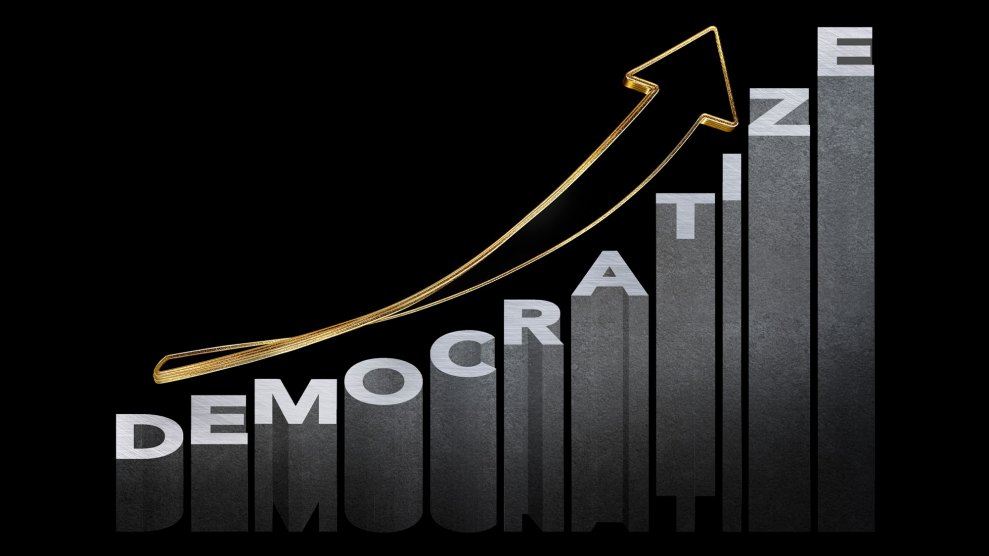
Agustina Gastaldi Ferrario
In 2006, at an industry conference, then-Google-CEO Eric Schmidt introduced a now ubiquitous term: “the cloud.” Here was a grand technological shift, Schmidt explained, that would let information exist simultaneously nowhere and everywhere. Naming it “the cloud” made the change sound almost natural. Your information is not in a massive bank of servers in Nevada; it is, as he put it, “in a ‘cloud’ somewhere.” Data as a nimbus floating above.
The cloud is just one of many linguistic elisions between the artificial and natural worlds. These appropriations span the gamut: Firefox, OpenSea, OnStar, Airbnb, Apple (Yosemite, Monterey, Big Sur), internet surfing, neural networks, mouses, viruses. Sue Thomas—a writer and scholar of digital culture—argues that bringing nature into the lexicon lets technologists position their domain as “a real and integrated extension to human experience.” This framing brings a sense of comfort to complex innovations but encourages us to not think too deeply, either. As researchers have noted, the phrase “data mining” does not exactly clarify the privacy concerns at play when Meta sorts through your personal information.
The historian Paul N. Edwards sees this naturalization—technology becoming as ordinary “as trees, daylight, and dirt”—as a defining characteristic of modern life, a process whereby a company’s tools self-camouflage. Media scholar Lisa Parks calls this “infrastructural concealment,” and for many modern apparatuses, environmental neologisms prove critical.
If the cloud is really as natural as the fluffy wisps that drift across the sky on a pleasant afternoon, then it follows that its presence is similarly harmless—never mind the environmental burden all this data storage imposes. “The cloud” is out of reach, floating indifferently above the realm of human affairs.
But of course this isn’t true. These technologies are not ephemeral abstractions, nor are they elemental processes out of our control. Unlike clouds or tornadoes or wildfires or earthquakes, they are products owned by companies that society can fine, restrict, and regulate—a fact most corporations would prefer governments forget. But no matter how closely companies try to align their wares with the elements, they remain within human jurisdictions. We are not helpless bystanders staring at the sky.
Remembering that power seems important now. The past decades have witnessed profound shifts in how we inhabit the world. Natural and created environments are both evolving quickly. Technophiles continue to roll out designs that weave themselves into every aspect of our reality—the Internet of Things, the metaverse, AR goggles, haptic wearables—even as scientists warn of the “Anthropocene” and urge us to witness the destructive impact of human industry.
As social theorist John Durham Peters has argued, we’ve always understood our relationship to the environment through our technologies (and vice versa). Before Google Maps, star maps guided us; before algorithmic pathways, charts of wind and currents shaped the flow of trade; before the addictive scroll of TikTok, the hypnotic flicker of fire captured our gaze.
Metaphors like “the cloud” draw upon these ancient roots, interweaving slick marketing coinages with primordial gravitas. In his speech, Schmidt was highlighting the commercial potential of this “new cloud model where people are living…more and more online”—a captive audience for advertisers.
Yet the age-old entanglement between our tools and the environment reveals that there’s a way to think about this relationship beyond the narrow lens of profit. Employing “the cloud” shows we can expand beyond what seems humanly possible; we can normalize a new world. As the doyenne of eco-philosophy Donna Haraway reminds us, if a vast societal reconfiguration is required amid climatic upheaval, it matters “what thoughts think thoughts.” The only question that remains is how we will deploy our nature metaphors: To sell iPhones? Or to survive the ongoing sixth mass extinction?












